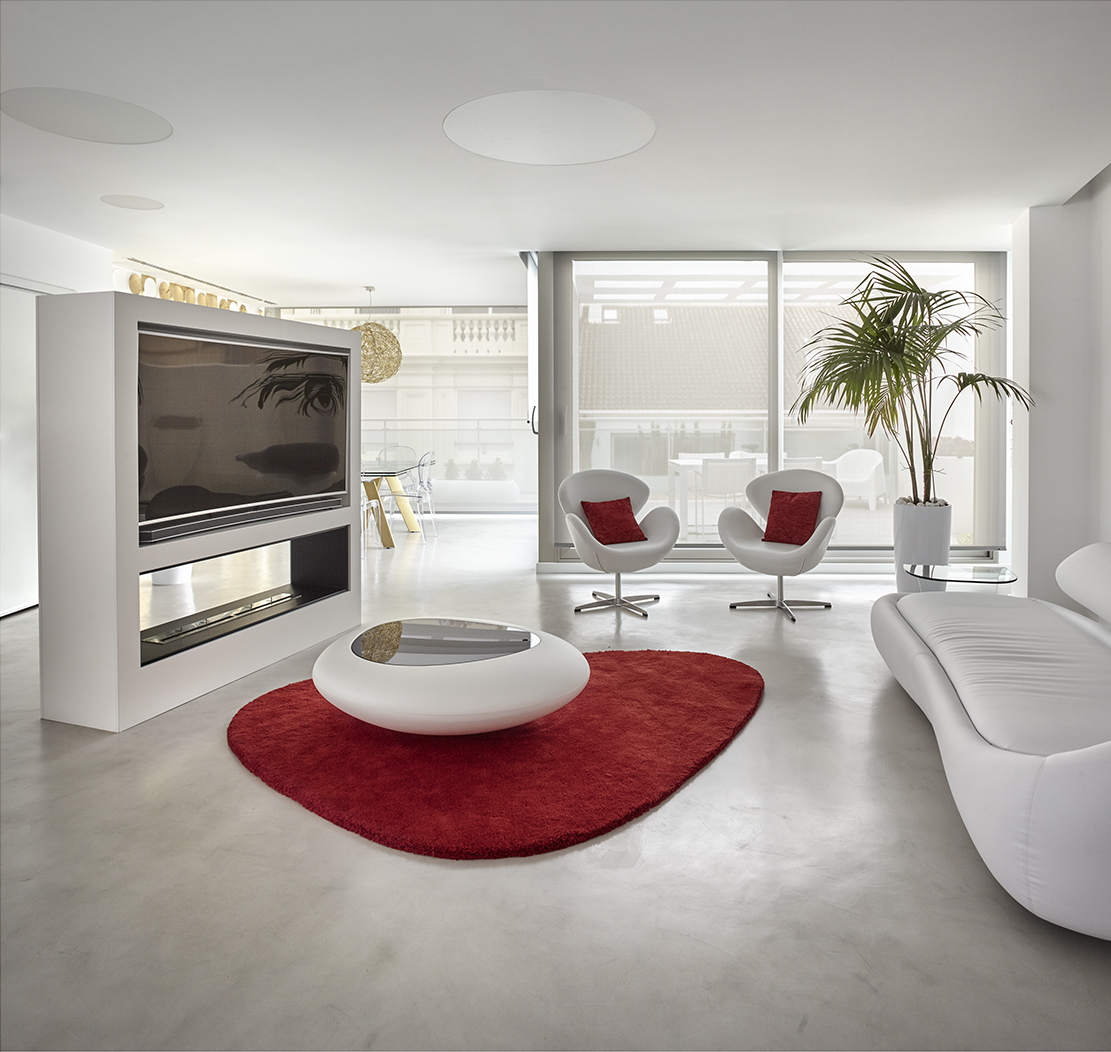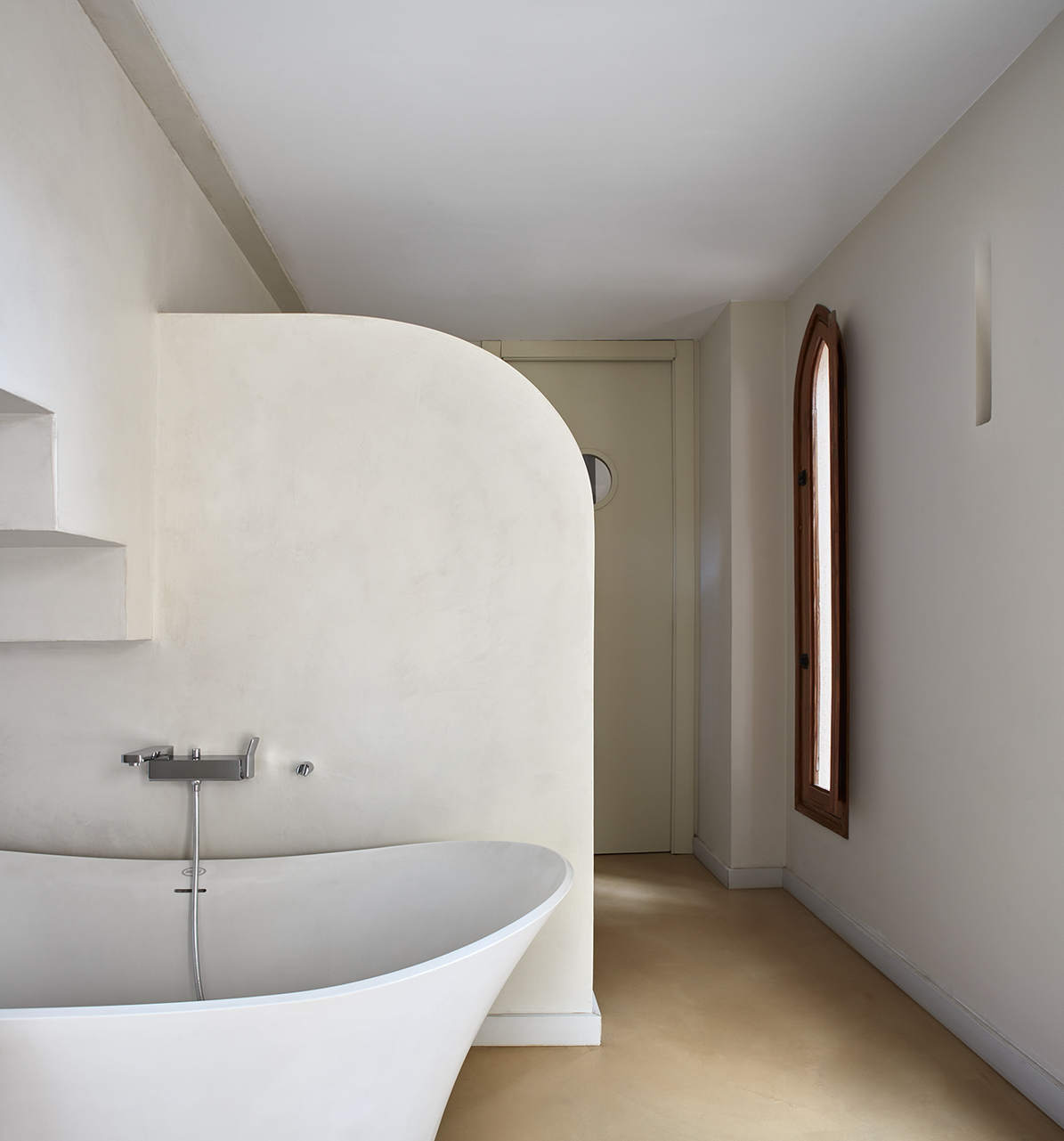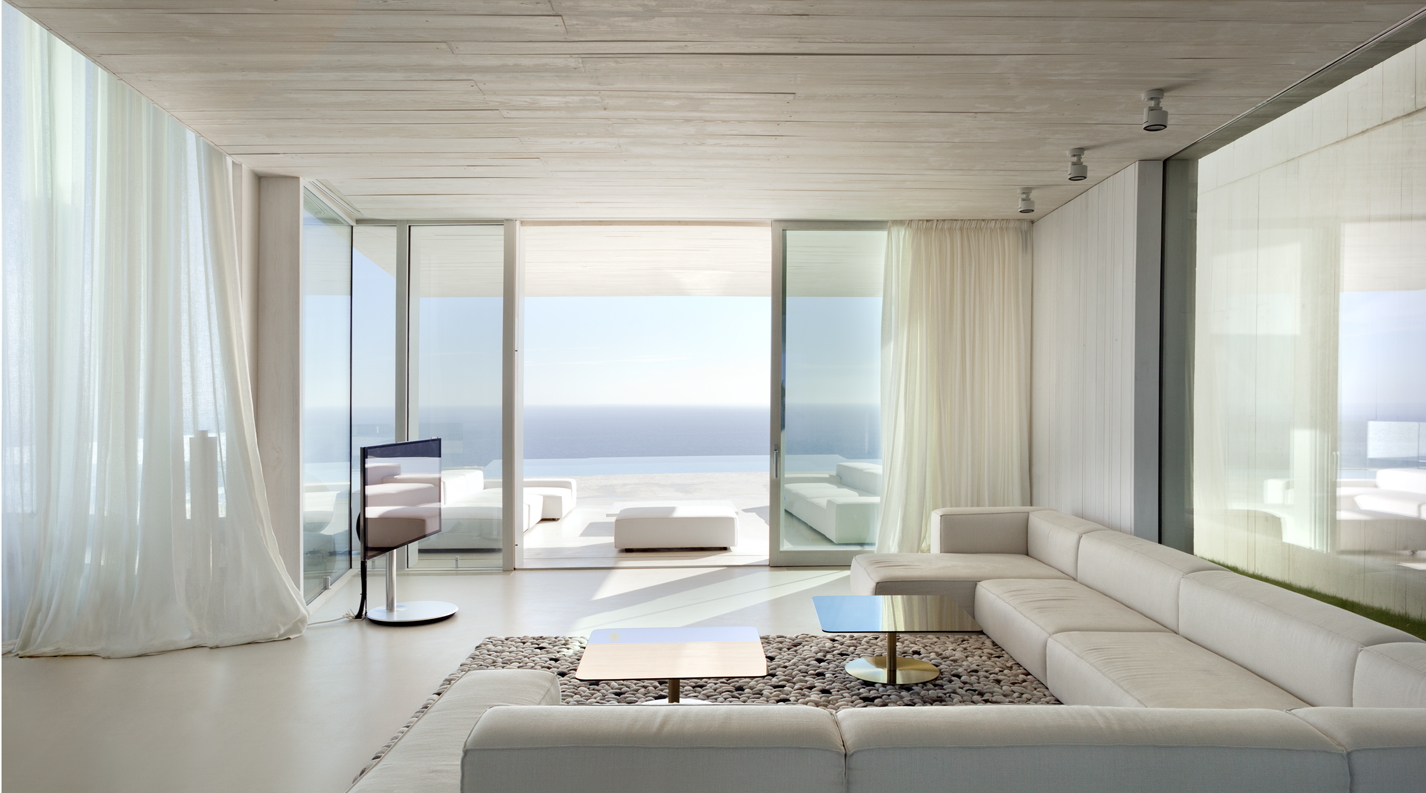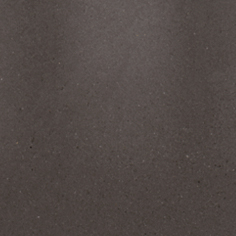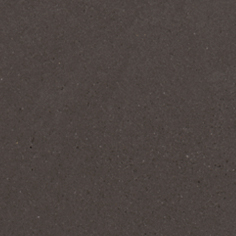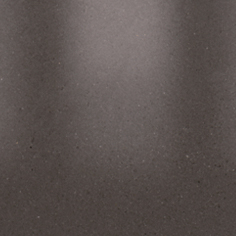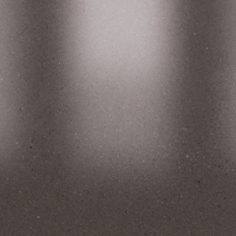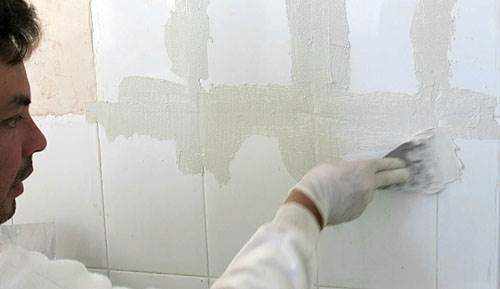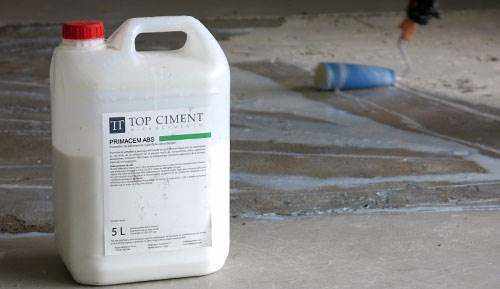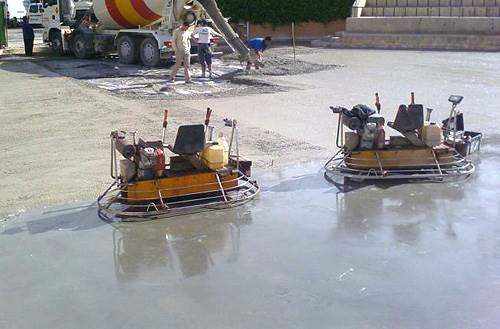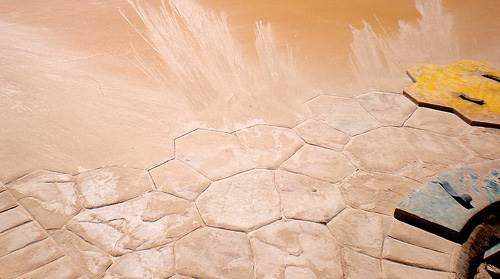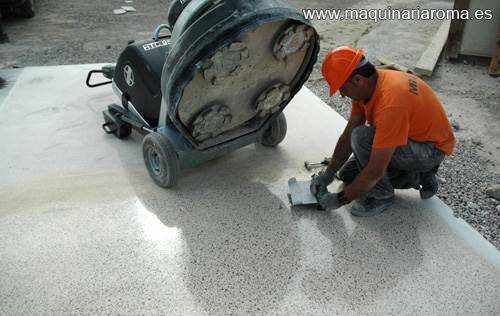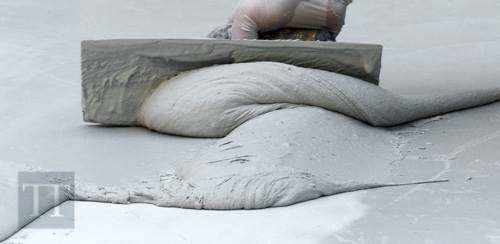What is microcement? Uses, types, application and advantages
The Topciment microcement is a decorative coating made up of cement, water-based resins, additives and mineral pigments that can be applied on a multitude of vertical and horizontal surfaces thanks to its great adherence. This construction material stands out because it is placed directly on the existing material: tiles, plasterboard, tiles, marble, terrazzo or plaster, among many others. With barely any work and a thickness of only 3 millimeters, a quick renovation of spaces is achieved.
A cutting-edge coating, without joints and ideal for both outdoor and indoor spaces. A continuous coating applicable on floors, walls, stairs, ceilings, pools and even furniture. Its versatility has led to it being increasingly present in renovations of private homes and in commercial premises and large surfaces such as sports centers, industrial warehouses, hotels or restaurants.
Topciment offers you a wide range of possibilities and decorative finishes, where you set the limit. Give the rooms a unique and personal character thanks to the different textures (thick, medium or fine); the wide variety of microcement colours; and the different finishes that our varnishes and metallic coatings allow.
Complicated renovations are over. With Topciment microcement any combination and style is possible. We are looking forward to helping and advising you.



